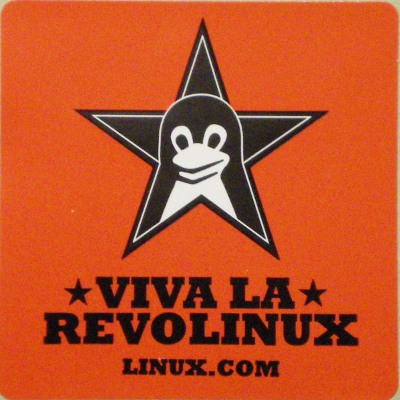Highlights from Day 1 at LinuxCon 2010

If LinuxCon 2009 was all about the desktop, then the underlying theme of LinuxCon 2010 is the desktop is dead, at least as we know it and the new desktop meme will be a mobile device. But, as pointed out by Rob Chandhok in his keynote, the mobile platform has a long way to go, both in terms of hardware standardization and software. The problem is there are simply too many choices.
And while many will argue that choice is a good thing, unlike the desktop, where the core pieces such as CPU and memory are pretty standard, the mobile market, reduced to a couple of vendors and a couple of flavors, is still very much the wild, wild west, which makes developing support, even at the core OS level, difficult. The end result is a number of distributions that are also wildly separate from each other, and have led to debates in the Community about the very nature of what Linux on the mobile platform will look like. The upshot of all this is that while your next phone will most likely have a dual core processor in it, and more functional power than the computers that put men on the moon, it will also most likely be running Linux, and that Linux will have its papers in order from a licensing stand point, even if we are still arguing whether or not the mainline has been forked or not.
The other highlight of the Day One keynote was the announcement by the Linux Foundation that most of us have no clue what the various licenses mean, or how they impact us. This needs to change if Linux and other forms of Open Source development are not only going to continue but are going to move to the next level.
Linux Foundation's Jim Zemlin announced a new initiative to help companies developing with Linux come into compliance through a program of education and training, rather than the punitive methods used by some other software companies. As Zemlin pointed out, most license violations are unintentional and high profile legal cases harm the adoption of open source. He also noted that compliance is not without cost but copyright infringement is more costly and cost efficiencies in compliance can be gained through pan-industry cooperation. The Foundation's initiatives can be provided to help companies come into compliance easier and with minimal cost, thus allowing them to maximize their investments in time and bring the next generation items to market more economically and with less legal risk.
Between sessions at LinuxCon2010
One other session of note was titled Hope vs. Reality, Today's Linux Story from the Media's Perspective, a round-table discussion with a number of leading tech reporters that generated as many opinions as comments from the floor. A couple of comments that came out of that session are worth repeating. The first is that Linux has become a commodity, so reporting on Linux has become considerably harder. A company porting something to Linux is not the big deal it was even five years ago, unless it is a game changer or a bar raising event. Further, because there are so many competing interests, especially in terms of company web sites touting their own stuff, it is becoming harder for the consumer to tell the difference between what is news and what is marketing. And the economics are a major player. There are considerably fewer reporters covering technology than there used to be, and those that are still in play are covering technology for multiple publications. At the same time, people using things like ad blockers are "killing us!" to quote Joe "Zonker" Brockmeier, because they are reducing the revenue those ads generate, and that revenue keeps the reporters and the sites in business.
Joe "Zonker" Brockmeier and Ryan Paul of Ars Technica at the Hope vs. Reality round table.
There was also a lively discussion about the value of analysts numbers, those mystical reports that say that there are this or that many people using Linux and are those numbers of any value. This led to a discussion of ways to count who is using Linux and perhaps the Linux Foundation should undertake to pursue this process. One number that they could agree on seemed to be from a report by Accenture that indicates half of their clients are using Linux today and more than a third of the remaining half are in the process of moving to Linux. This indicates that Linux is not only main stream, but certainly here to stay and a major player in business.

